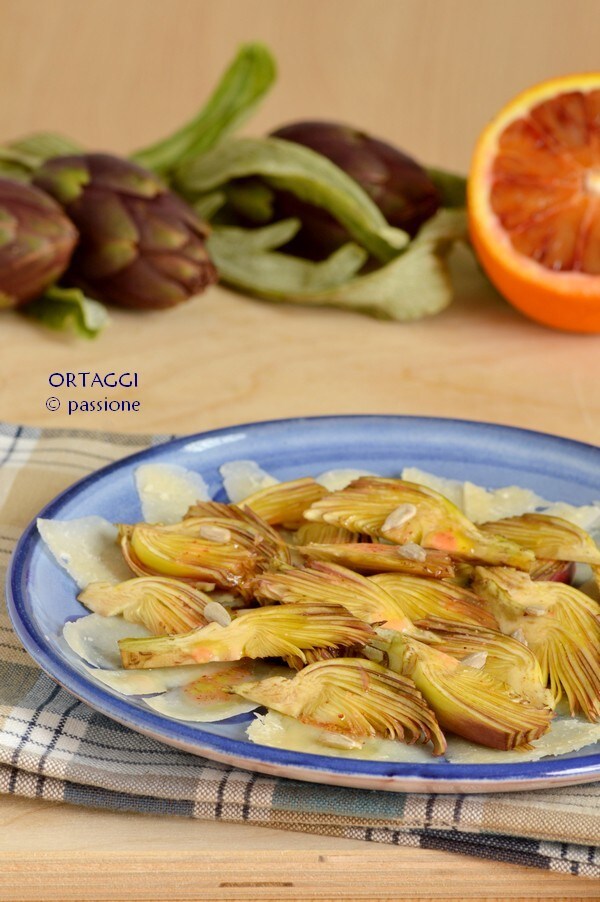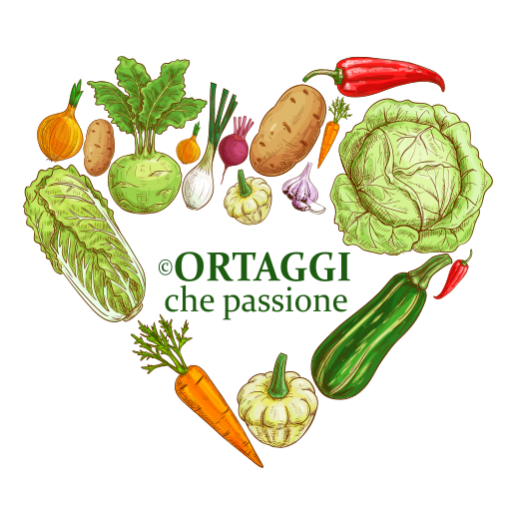The castraure salad is a tasty vegetarian appetizer. This type of baby artichoke is harvested from March-April until mid-June and is extremely tender and fleshy, perfect for eating raw.
Why are they called castraure? The castraure of Sant’Erasmo are a variety of small artichokes typical of the island of Sant’Erasmo, near Venice. It is the apical fruit of the Sant’Erasmo violet artichoke (from each plant only one castraura is harvested), collected first by “castrating” it to encourage the development of other artichokes, called botoli (up to twenty per plant). This process makes the castraure more tender and delicate, particularly appreciated for their sweet flavor.
Seasonality of #babyartichokes #artichoke – from November to mid-June depending on the variety.
When is the castraure season? The season of castraure is spring, when the artichokes are harvested before they fully bloom. This period is perfect for enjoying them fresh, with their refined flavor and soft texture. The castraure represent a highly anticipated seasonal delicacy.
What is the season for Sardinian, Sicilian, and Tuscan baby artichokes?
The season for baby artichokes varies slightly depending on the regions:
🌱 Sardinian baby artichokes: the season runs from November to May, with the peak harvest between March and April.
🌱 Sicilian baby artichokes: harvesting occurs mainly from February to May, with good availability even in winter.
🌱 Tuscan baby artichokes: the season runs from February to May, although harvesting can start as early as late autumn in some areas.
In all these regions, the baby artichokes are more tender and flavorful during spring.
RECIPES with artichokes:

- Difficulty: Easy
- Cost: Medium
- Preparation time: 20 Minutes
- Portions: 2People
- Cooking methods: No-cook
- Cuisine: Healthy
- Seasonality: Autumn, Winter, and Spring
- Energy 87.48 (Kcal)
- Carbohydrates 1.95 (g) of which sugars 1.41 (g)
- Proteins 4.86 (g)
- Fat 6.30 (g) of which saturated 2.40 (g)of which unsaturated 1.39 (g)
- Fibers 2.88 (g)
- Sodium 320.75 (mg)
Indicative values for a portion of 70 g processed in an automated way starting from the nutritional information available on the CREA* and FoodData Central** databases. It is not food and / or nutritional advice.
* CREATES Food and Nutrition Research Center: https://www.crea.gov.it/alimenti-e-nutrizione https://www.alimentinutrizione.it ** U.S. Department of Agriculture, Agricultural Research Service. FoodData Central, 2019. https://fdc.nal.usda.gov
Salad of Castraure (or Baby Artichokes)
- 2 baby artichokes (or tender, small, fresh artichokes without inner fuzz)
- as needed Parmigiano Reggiano DOP (or Trentingrana)
- 1 tablespoon orange juice (or lemon)
- as needed extra virgin olive oil
- as needed fine salt (and pepper)
- mustard seeds (optional)
- as needed chopped parsley (optional)
- as needed sunflower seeds (optional)
Tools
- Cheese Slicer
- Gloves latex
- Cutting Board
- Knife sharp smooth blade
Salad of Castraure (or Botoli)
First, use a cheese slicer to cut the cheese into thin slices and arrange them evenly on the base of a plate.
In a cup, prepare the dressing to season the castraure salad: salt, mustard seeds (whole or freshly ground) and/or pepper, orange (and/or lemon) juice, and extra virgin olive oil.
Finally, wash and chop the parsley.How to clean Sant’Erasmo castraure?
Then, clean the artichokes (using latex gloves to avoid staining your fingers), remove the outermost leaves of the baby artichoke until reaching the lighter and tender ones, and cut off the spiny tip.
Once cleaned, place them in water and wash quickly (acidify the water with lemon or orange juice only if the castraure will remain soaked for a while to prevent them from turning black).Assemble the dish
Remove the artichokes from the water as you cut them: first in half and then into thin slices. Arrange them immediately on the plate with the Parmesan and pour the dressing over, using a teaspoon to distribute it evenly.
Sprinkle the castraure salad with parsley and/or sunflower seeds. Serve immediately.
Other Pairings
🌱 use a firm cheese or Pecorino Romano
🌱 decorate the castraure salad with almond flakes, chopped hazelnuts or pistachios, or walnut pieces
🌱 add a little chopped garlic and powdered chili pepper to the dressing
STORE the castraure salad
To store the castraure salad (without dressing), transfer it to an airtight container and keep it in the fridge. Consume within 2 days to keep it fresh and crispy. If already dressed, it’s best to eat it immediately to avoid softening.
What are the best artichokes to eat raw?
The best artichokes to eat raw are the tenderest ones with a delicate flavor. Generally, baby artichokes or the youngest and freshest artichokes are chosen, with compact leaves and without spines.
What are artichokes called in the Venetian dialect?
In the Venetian dialect, artichokes are called “articiochi”, a term similar to that in other European languages: “artichokes” in English, “artischoken” in German, and “artichauts” in French.
What are small artichokes called?
Small artichokes are commonly called “baby artichokes”. These are young artichokes, more tender and with a delicate flavor. Their compact appearance and soft texture make them particularly appreciated.

